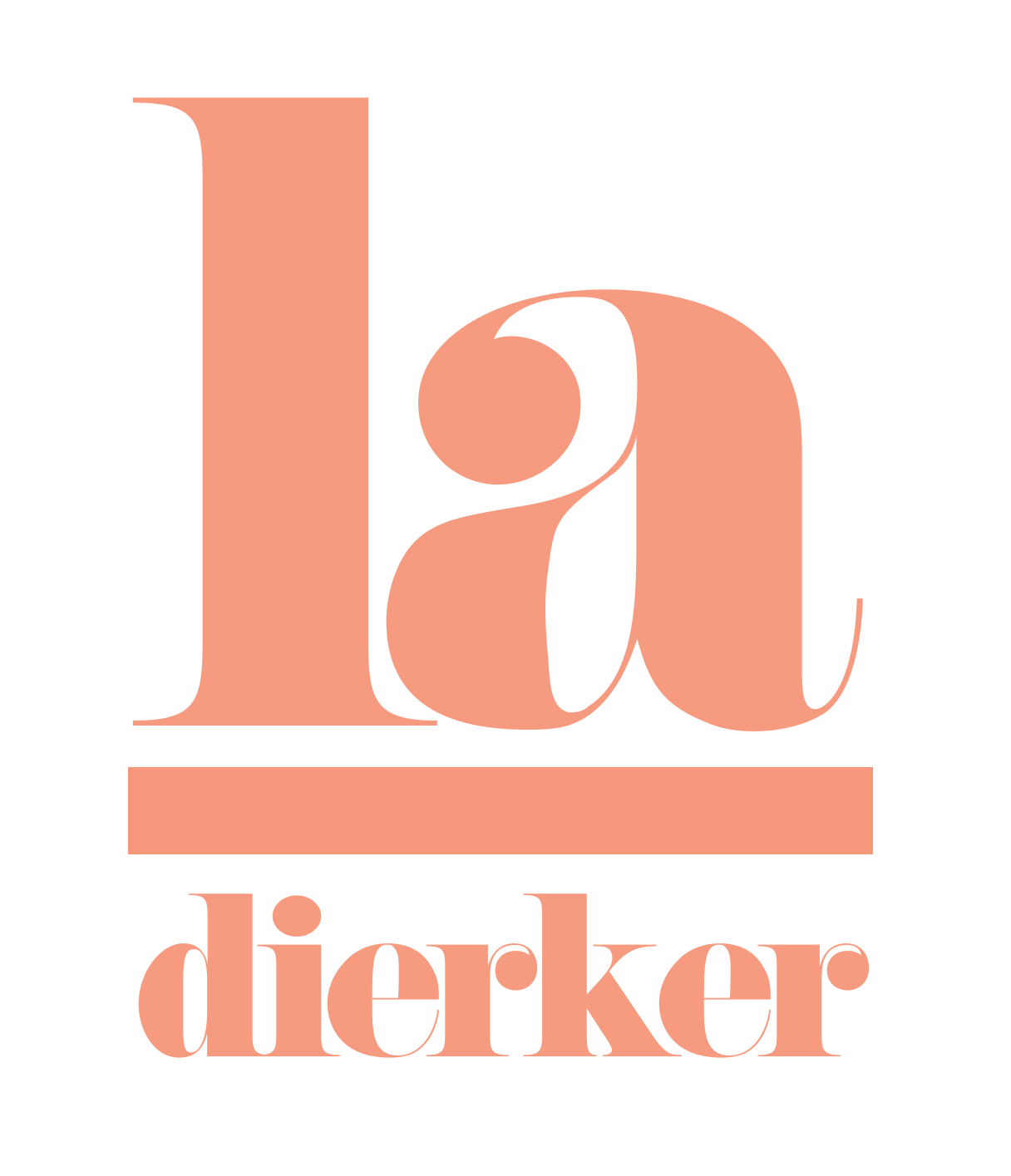Perceptions
A Trio for Clarinet, Violin, Piano
2002
Mvt. I, Lines (Espressivo) I was intrigued by an article by Jennifer Ouellette in Discover magazine (November 2001) which discussed the paintings of Jackson Pollock in terms of their fractal content. Each fractal is "composed of a single geometric pattern repeated thousands of times at different magnifications, like Russian dolls nested within one another...Artists, architects, writers, and musicians may instinctively appeal to their audiences by mimicking the fractal patterns found in nature." How could I mimic the visual impact of lines, found in the natural world as well as man made, musically? Twentieth Century music has often turned to the older traditions of music, utilizing counterpoint in imitative forms such as the canon and the fugue as well as free imitation. In Lines, I utilize counterpoint and free imitation as well as transposition (change in pitch), diminution (shortened duration of notes), augmentation (increased duration of notes), and retrograde (theme played backwards) to develop and expand the primary and opening theme stated by the violin. There is also the use and development of countermelodies, especially prominent in the last section of the movement. When first conceptualizing this movement, I thought I would compose long lyrical lines. However, the final result was more segmented, with the lines stopping in agitation and then restarting. This probably reflected a summer of compositional frustration in reaction to the "interruptions" inherent in the demands of daily life.
Mvt. II SPACE (Misterioso) How can a sense of space, more easily understood in visual terms, (e.g. the vistas of a mountain view or the positioning of colors over a wall sized canvas), be conveyed aurally? I conceptualized two ways. First was to consider the space between the pitches of the motivic material. Wanting this movement to contrast with the first, I used triadic material for my motivs. Triads were used sparingly in Lines. The triad exists in four forms: the augmented, major, minor, and diminished. In terms of the "internal" space within the triad, the augmented is the most "open", containing two major third intervals , and the diminished is the most "closed", containing two minor third intervals. Use of these four triads would be one means of conveying a sense of a change in space. The space outside the triad exists on three parameters: horizontal, (narrow/wide); vertical, (high/low) and horizontal on another plane (third dimension) (near/far). Techniques used to "play" with this space are: varied note duration, and the grand pause to create horizontal space, range and register change to create vertical space, and dynamic change, loud and soft, to create space in the third dimension.
The movement begins with the most "open" triad, an augmented triad built on C, played in the left hand of the piano. After the establishment of several motivs, all based on intervals of thirds, a sixteenth note triadic ostinato is introduced by the violin. When joined by the clarinet and then the piano, this "internal space" expands into parallel fourths, fifths, and finally to diminished seventh chords (stacked minor thirds). Increasing in intensity, this 16th note motiv breaks out into "points" of sound, with each instrument playing one pitch of the melody in succession; fragmented, it is "thrown" into space. In the concluding section, triads are now "blocks" of sound, which slowly spread both horizontally in time and vertically in range. The movement ends, as it begins, with a C+ (augmented) triad.
time (Scherzando) Again, I thought of time in two ways: as musical meters (e.g. 3/4, 4/4) and also as a phrase as in " A good time was had by all." Combining these two threads, the compositional result is whimsical, thus the use of the tempo marking Scherzando, which means playful. Material from the previous movements is included in this movement, bringing the listener full circle to an energetic and climactic close.
Jonathan Cohler, Clarinet
Andréa Armijo Fortin, Violin
Heather Gilligan, Piano
